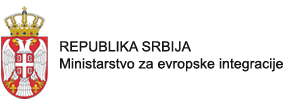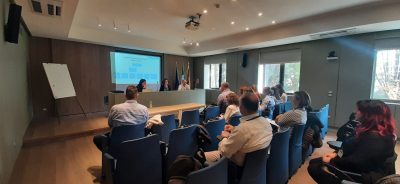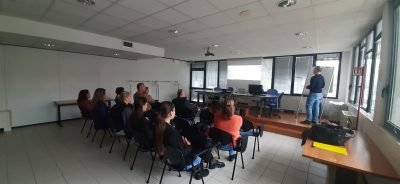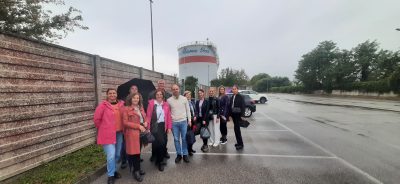Study visit to Italy: implementation of certain provisions of the Seveso-III directive
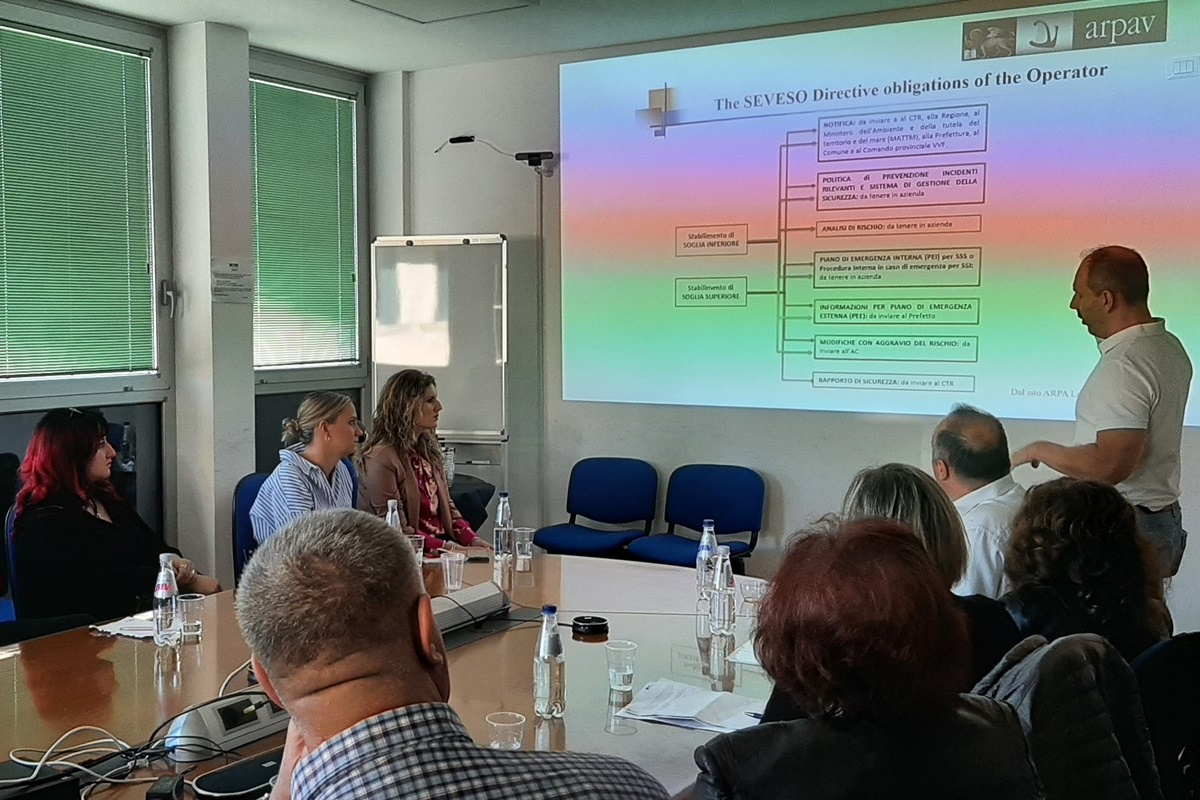
A study visit to Italy was carried out in the period from 16 to 20 October 2023, organised within the activities of the PLAC III project. The host of this visit was the Veneto Regional Agency for Prevention and Environmental Protection (ARPAV) in Padua and Mestre (Venice), Italy.
The aim of the Study visit was the exchange of information and good practices in the transposition and implementation of the Seveso-III Directive on the control of major accident hazards involving dangerous substances (Directive 2012/18/EU). The Seveso-III Directive provides the relevant framework on risk management measures to prevent major accidents and to limit their consequences.
Тen (10) participants from the Ministry of Environmental Protection participated in the study visit, including:
- The Head of the Department for accidents and chemicals in the Sector for supervision and environmental precautions
- The Head of the Department for accidents in the Sector for supervision and environmental precautions
- The Head of the Department for International Cooperation in the Sector for International Cooperation, Projects and Climate Change
- The Head of the Department for protection against noise, vibrations and non-ionizing radiation in the Sector for environmental management
- Three (3) representatives of the Department for a major chemical accident protection
- Two (2) representatives of the Department for IPPC permits
- One (1) representative of the Department of Environmental Impact Assessment in the Sector for environmental management.
The programme of the study visit included meetings with representatives of the Veneto Regional Agency for Prevention and Environmental Protection (ARPAV) in Padua, Mestre (Venice) and Regional Office (Venice) as well as a visit to the Venice ENI Biorefinery Porto Margera (Venice) and the „San Marco Gas“ LPG storage Portogruaro (Venice).
The topic of discussion during the meeting with the representatives of the Veneto Regional Agency for Prevention and Environmental Protection (ARPAV) in Padua, Mestre (Venice) and Regional Office (Venice) was the transposition and implementation of the Seveso Directive in Italy.
The practical method of implementation of the Seveso Directive was shown during the visit to Seveso establishments; the Venice ENI Biorefinery Porto Margera (Venice) and the „San Marco Gas“ LPG storage Portogruaro (Venice).
Members of the Serbian delegation were able to gather detailed knowledge on:
- Information about the accident that happened in 1976 in Meda near Seveso, which led to the creation of the Seveso Directive.
- Information on Italian regulations transposing the Seveso Directive.
- Information on the competent authorities for the implementation of the Seveso Directive in Italy.
- Manner of communication between competent authorities for the implementation of the Seveso Directive.
- Method of communication between the competent authority and the operator.
- Method of review and evaluation of Safety Report, Safety Management System.
- Inspection system.
- Implementation of a team approach to inspections.
- Sample checklist for SMS audits.
- Lessons learned from experience in implementing safety management system requirements.
- Safety management system from a company perspective (the Venice ENI Biorefinery Porto Margera (Venice) and the „San Marco Gas“ LPG storage Portogruaro (Venice)).
- The Italian land-use planning approach.
In summary, it was determined that the implementation of the Seveso Directive 2012/18/EU requires knowledge and skills that must be constantly improved with new technologies/methods in order to increase the process of safety, i.e. industrial safety.
Foto galerija
Recent Posts

Notice
9. April 2024.

The fourth project brochure published
29. March 2024.

The last meeting of the Steering Committee
28. March 2024.
Negotiation chapters
- Chapter 1: Free movement of goods
- Chapter 3: Right of establishment and freedom to provide services
- Chapter 8: Competition policy
- Chapter 9: Financial services
- Chapter 10: Information society and media
- Chapter 11: Agriculture and rural development
- Chapter 12: Food safety, veterinary and phytosanitary policy
- Chapter 13: Fisheries
- Chapter 15: Energy
- Chapter 16: Taxation
- Chapter 27: Environment
- Chapter 28: Consumer and health protection
- Chapter 32: Financial control
- Chapter 33: Financial and budgetary provisions
